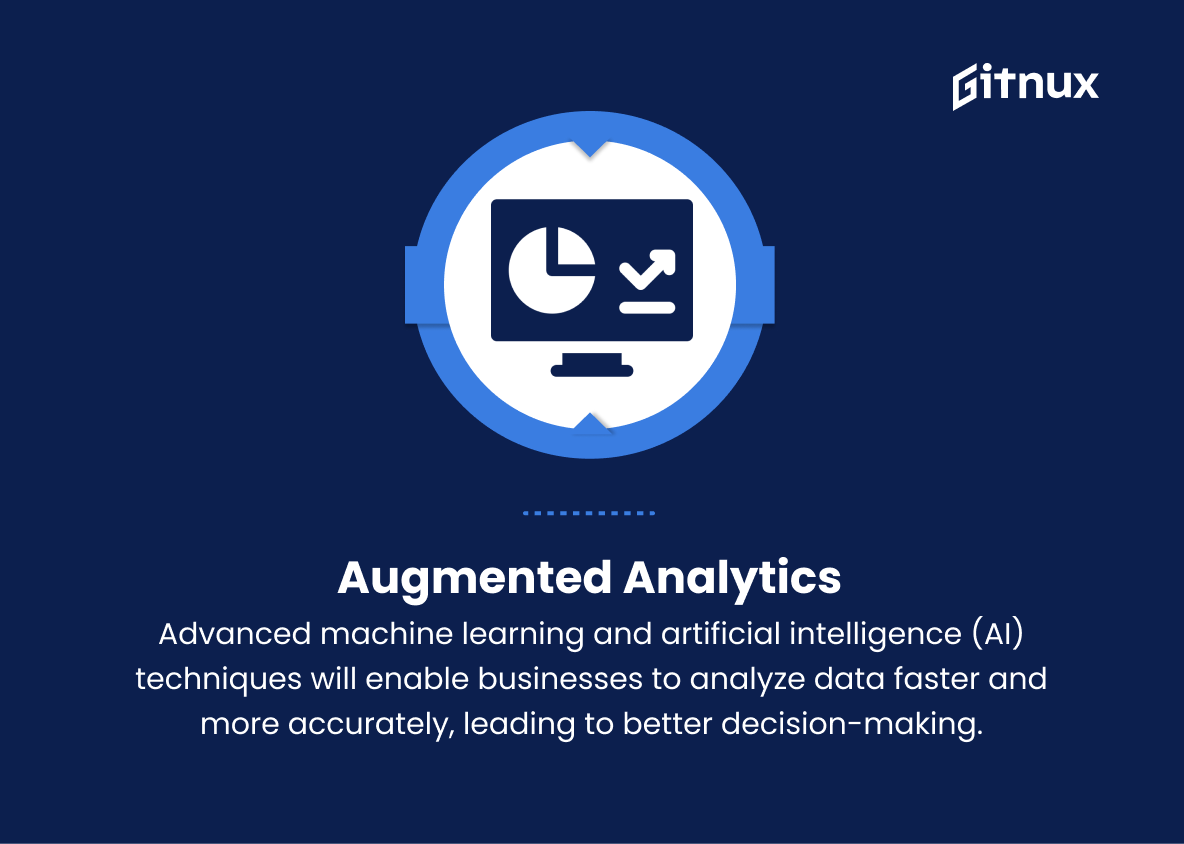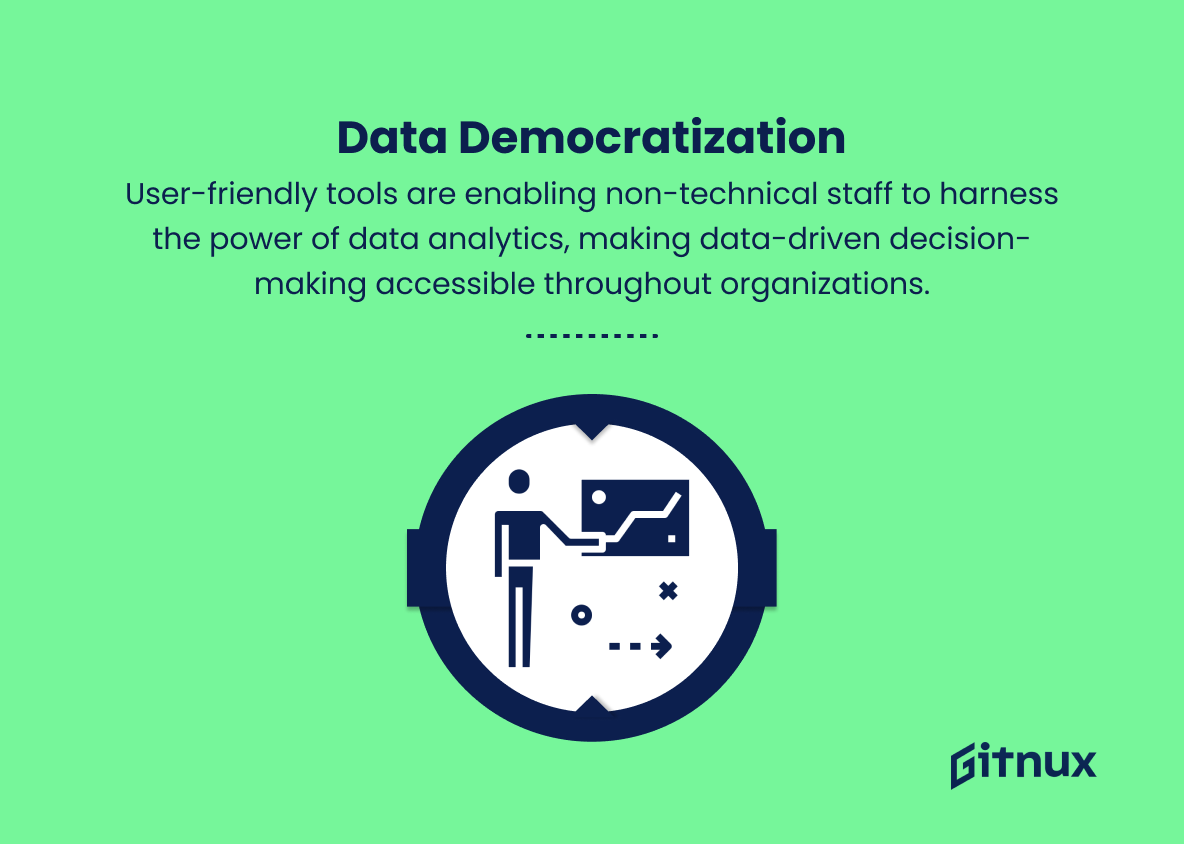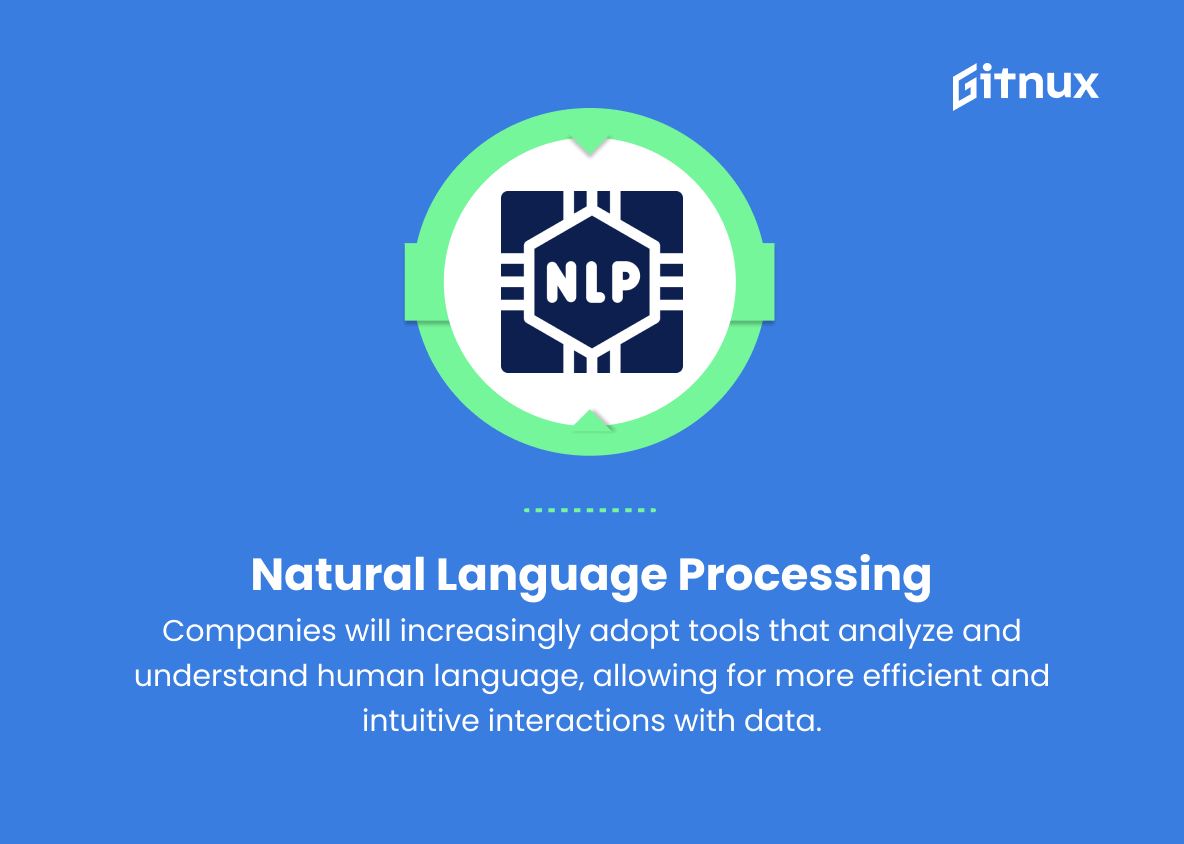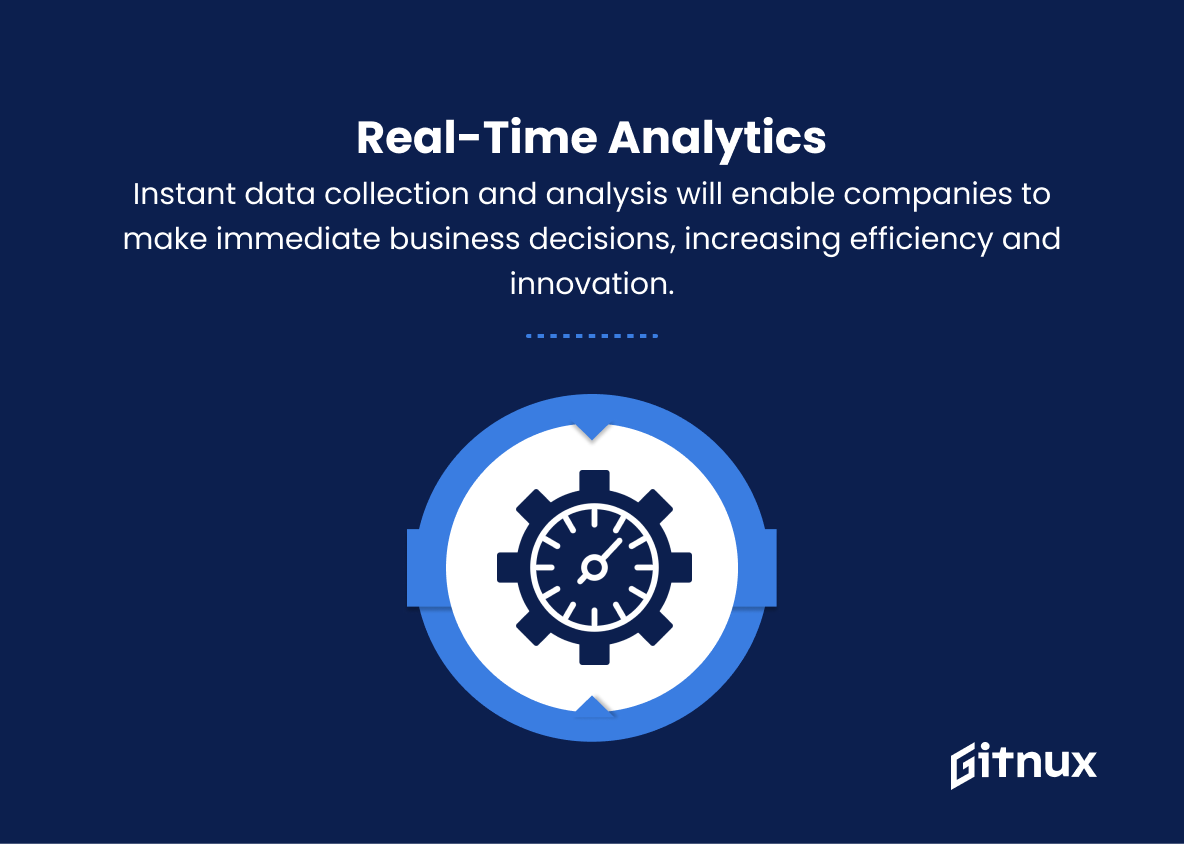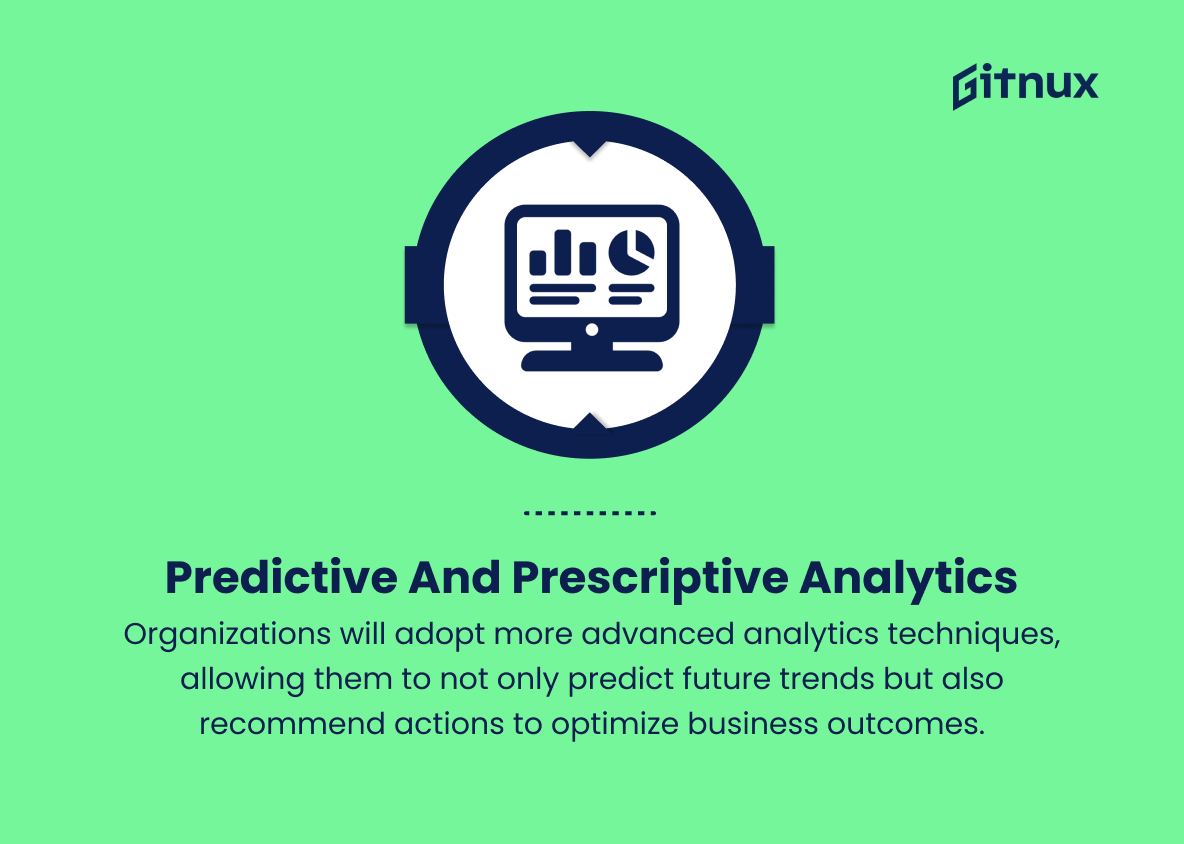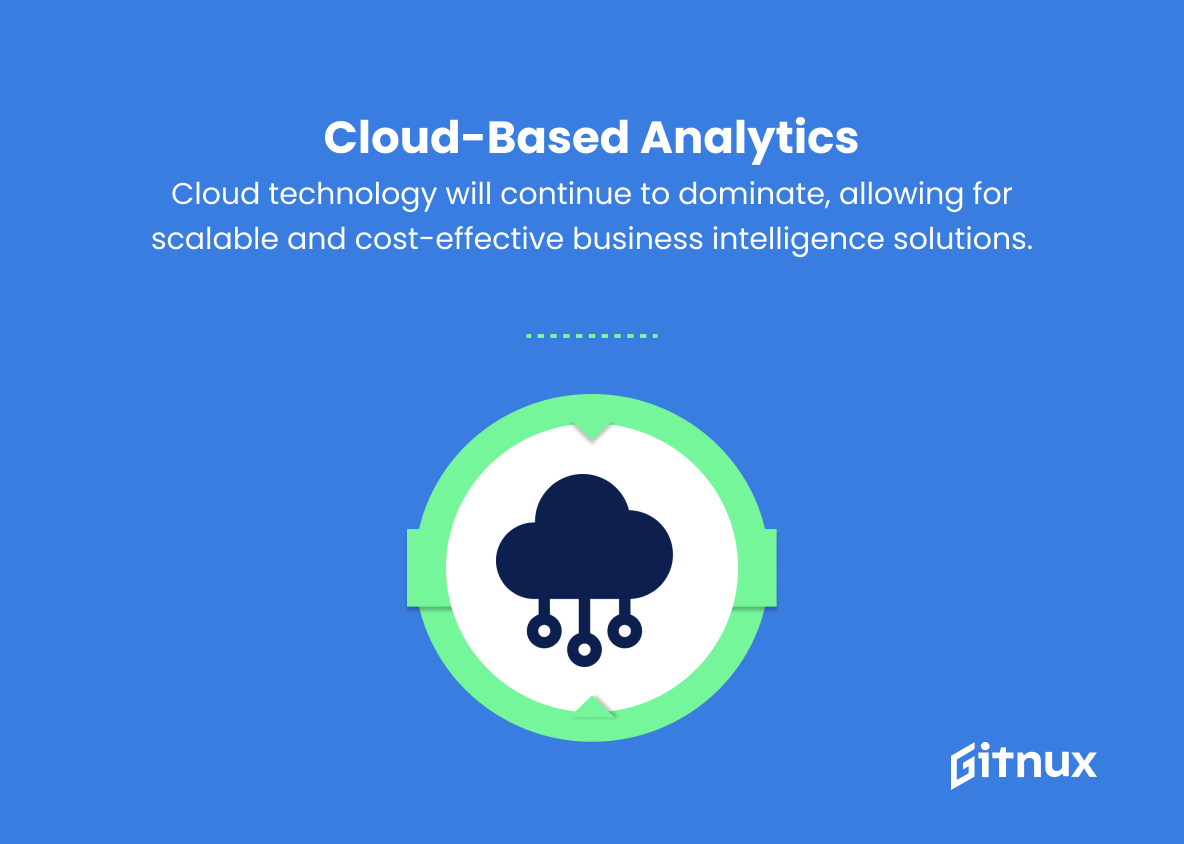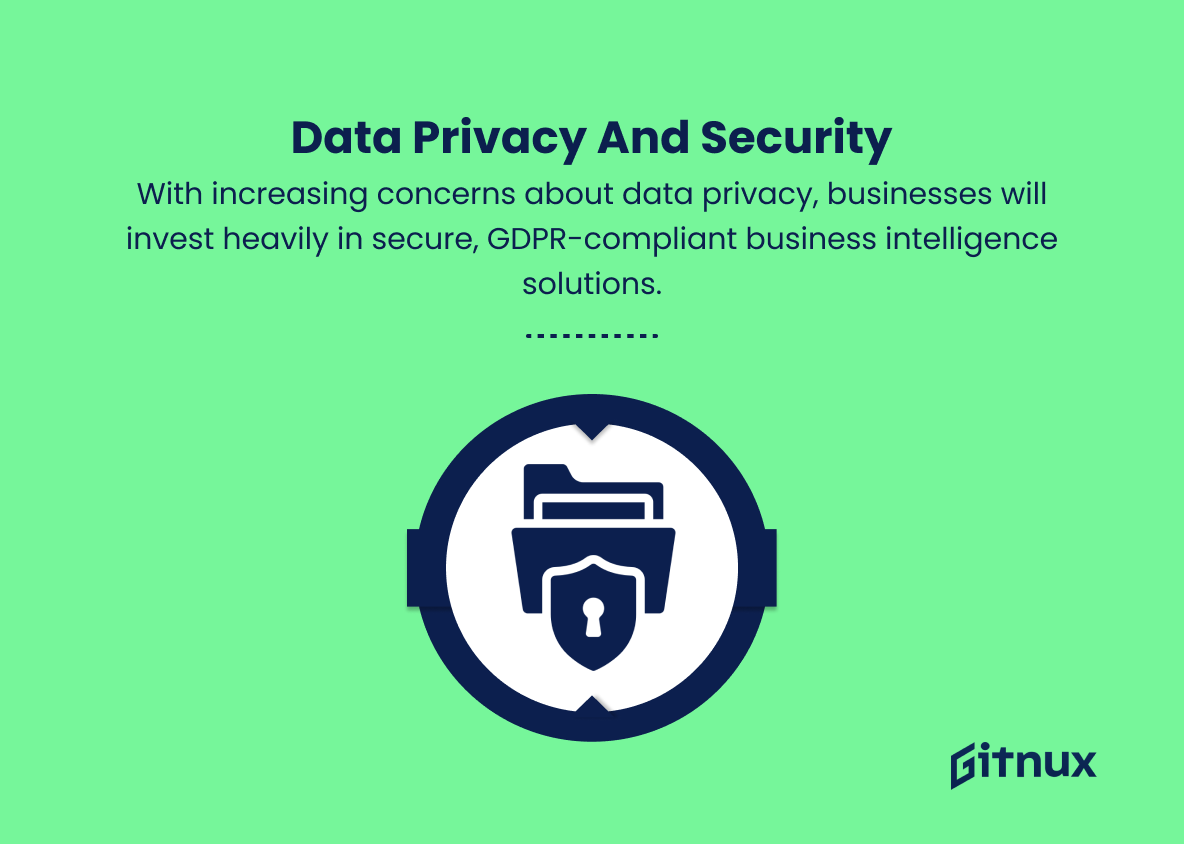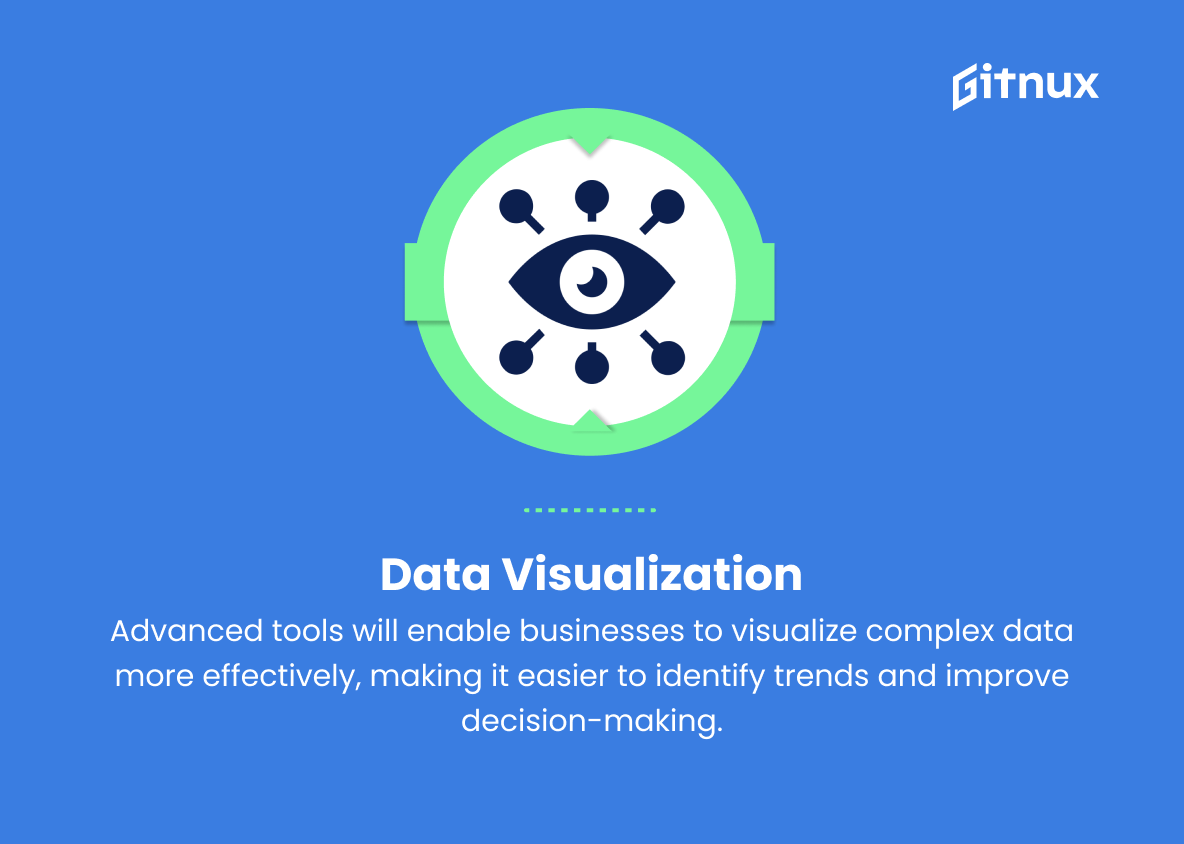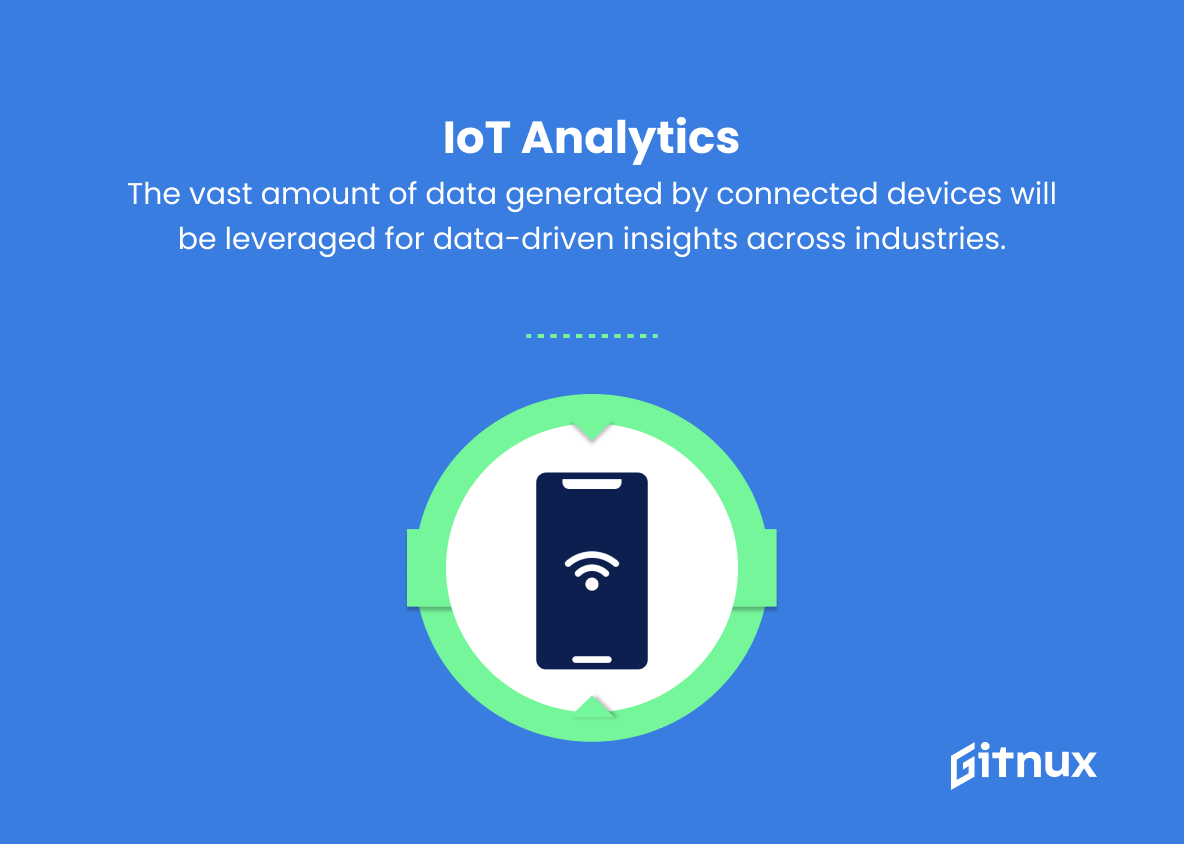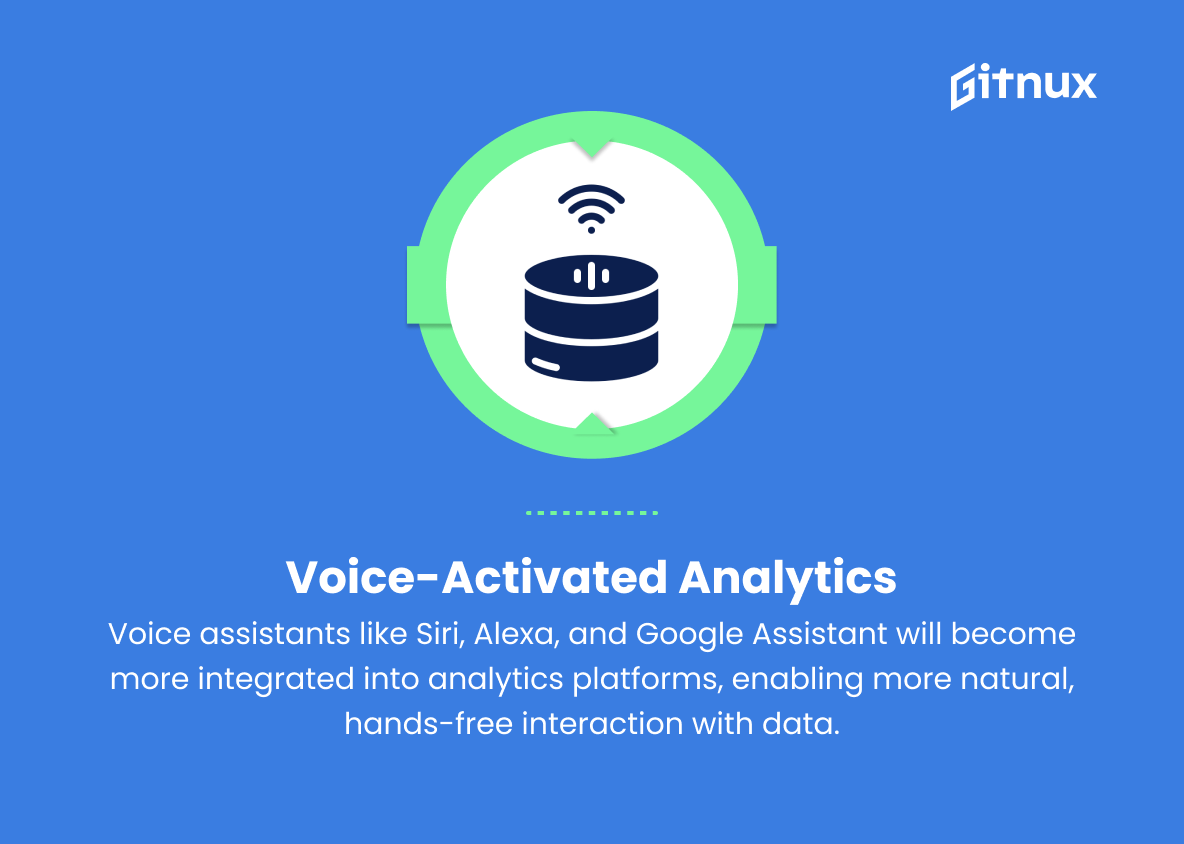In today’s fiercely competitive global marketplace, businesses must constantly adapt and evolve in order to stay ahead of the curve. One of the critical components instrumental in propelling organizations to new heights is Business Intelligence (BI). As we progress rapidly into an era of data-driven decision making, it has become essential for businesses to harness actionable insights and navigate the ever-changing landscape of the industry.
In this comprehensive blog post, we will delve into the future trends that are set to redefine the realm of Business Intelligence, equipping forward-thinking organizations with the knowledge and tools to strategically position themselves for sustainable growth and success. Join us as we explore the dynamics of the upcoming BI revolution and witness the potential transformative impacts of these emerging trends.
Top Business Intelligence Future Trends
1. Augmented analytics
Advanced machine learning and artificial intelligence (AI) techniques will enable businesses to analyze data faster and more accurately, leading to better decision-making.
2. Data democratization
User-friendly tools are enabling non-technical staff to harness the power of data analytics, making data-driven decision-making accessible throughout organizations.
3. Natural Language Processing (NLP)
Companies will increasingly adopt tools that analyze and understand human language, allowing for more efficient and intuitive interactions with data.
4. Real-time analytics
Instant data collection and analysis will enable companies to make immediate business decisions, increasing efficiency and innovation.
5. Predictive and prescriptive analytics
Organizations will adopt more advanced analytics techniques, allowing them to not only predict future trends but also recommend actions to optimize business outcomes.
6. Cloud-based analytics
Cloud technology will continue to dominate, allowing for scalable and cost-effective business intelligence solutions.
7. Edge computing
Analyzing data closer to its source will provide more rapid insights, reducing latency and increasing efficiency.
8. Data privacy and security
With increasing concerns about data privacy, businesses will invest heavily in secure, GDPR-compliant business intelligence solutions.
9. Data visualization
Advanced tools will enable businesses to visualize complex data more effectively, making it easier to identify trends and improve decision-making.
10. Collaborative analytics
Business intelligence tools will become more collaborative, allowing teams to work together efficiently and share insights more easily.
11. Embedded analytics
As analytics becomes an essential part of business operations, it will be integrated into everyday workflows and applications.
12. IoT analytics
The vast amount of data generated by connected devices will be leveraged for data-driven insights across industries.
13. Blockchain in analytics
The use of blockchain technology will increase transparency, trust, and data integrity in analytics.
14. Personalized dashboards
Customizable, role-based dashboards will become increasingly common, enabling users to access the data and insights relevant to their specific responsibilities.
15. Voice-activated analytics
Voice assistants like Siri, Alexa, and Google Assistant will become more integrated into analytics platforms, enabling more natural, hands-free interaction with data.
16. Ethical and responsible AI
As businesses rely more heavily on AI-driven analytics, there will be an increased focus on ensuring the ethical and unbiased use of technology.
17. Skill development in data science and analytics
As the demand for data-driven insights continues to grow, companies will invest in the development and education of their workforce, nurturing analytical skills and data literacy.
18. DataOps
The adoption of DataOps practices will increase efficiency and collaboration between data teams, enhancing the overall value of business intelligence initiatives.
19. Cross-department data integration
Businesses will increasingly break down data silos and integrate data across different departments, fostering a data-driven culture across the organization.
20. Mobile BI
The use of mobile business intelligence apps will continue to grow, enabling users to access data and insights on-the-go.
Implications
The rapidly evolving landscape of business intelligence (BI) will have significant implications on how organizations make data-driven decisions. Augmented analytics, powered by advanced machine learning and AI, will enable businesses to process data faster and more accurately, resulting in better decision-making. Data democratization and user-friendly tools will empower non-technical staff to leverage data analytics, making it accessible throughout the organization.
Innovations such as natural language processing, real-time analytics, predictive and prescriptive analytics, and IoT analytics will allow companies to harness the power of human language, instantly collect information, foresee trends, and utilize the massive data generated by connected devices to make informed decisions. Additionally, cloud-based analytics, edge computing, and data privacy and security measures will help ensure cost-effective and GDPR-compliant BI solutions. Visualization tools and collaborative, embedded, personalized, and voice-activated analytics will make data analysis more intuitive, efficient, and easily shared among teams.
The integration of blockchain technology in analytics will increase trust, transparency, and data integrity, while ethical and responsible AI usage will become paramount as businesses heavily rely on AI-driven analytics.
As the demand for data-driven insights continues to skyrocket, organizations will invest in skill development and education for their workforce, ensuring widespread data literacy and analytical abilities. The adoption of DataOps practices, cross-department data integration, and mobile BI apps will further enhance efficiency, collaboration, and data accessibility across various industries. Ultimately, these business intelligence future trends will profoundly impact how businesses operate, driving them towards a data-centric, efficient, and innovative future.
Conclusion
As the world of business continues to evolve and become more competitive, the role of Business Intelligence in shaping future trends is increasingly crucial. Organizations must adapt and transform, leveraging data-driven insights and cutting-edge technologies to stay ahead of the game. By embracing the potential of BI tools, companies can not only improve decision-making but also enhance overall efficiency and provide better customer experiences. To survive and thrive in this fast-paced, innovative landscape, organizations must be aware of the emerging BI trends and adapt their strategies accordingly.
By doing so, they can ensure a prosperous and sustainable future in an era of disruptive change, fueled by data intelligence and technological advancements.
